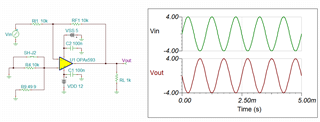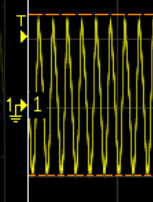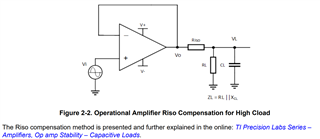Other Parts Discussed in Thread: OPA593, LM317
Dear Technical Support Team,
Output of OPA593EVM is Oscillating with default configuration when suppling the dual voltage(12V、-5V).
User guide page16(4.1.1 EVM Default Configuration) said that "The OPA593EVM ships in a configuration that allows the EVM to be directly applied as an inverting or noninverting amplifier"
It causes both 10kΩ(JP18) and 1kΩ(JP19), however no feedback resistance helps output stable by bypassing FB resistance(Connecting TP10(AMP OUT) to (TP3 AMP IN))
Any jumper setting and some input(AC or DC signals ) doesn't stop it.
Could you check the same situation with your OPA593EVM on lab?
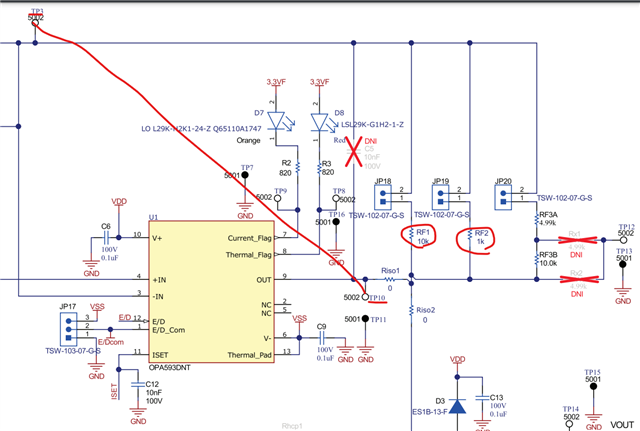
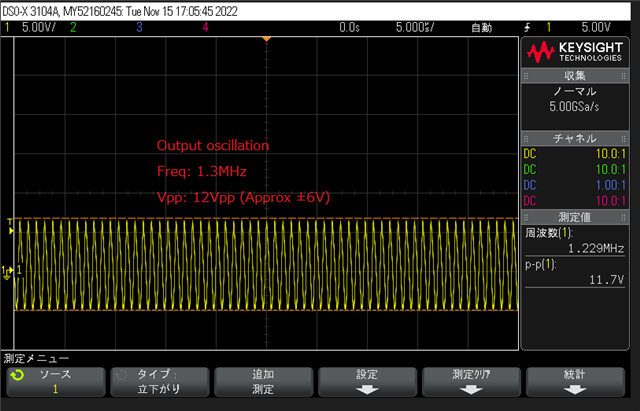
Best Regards,
ttd


